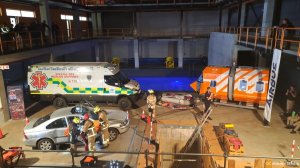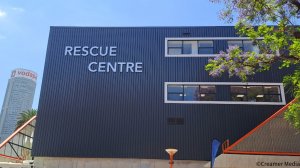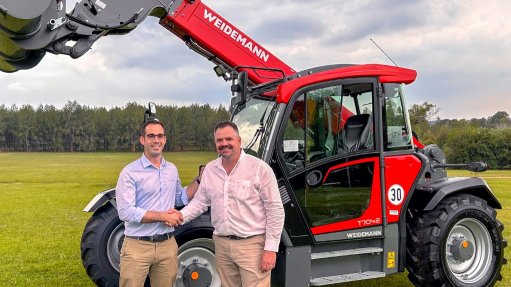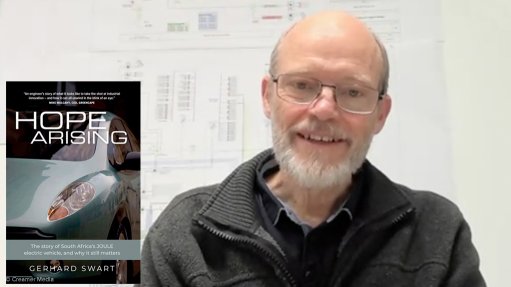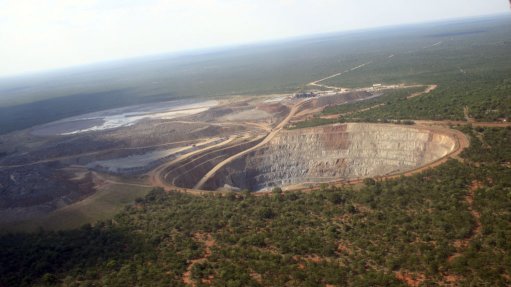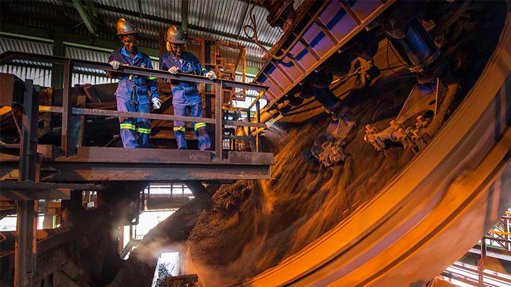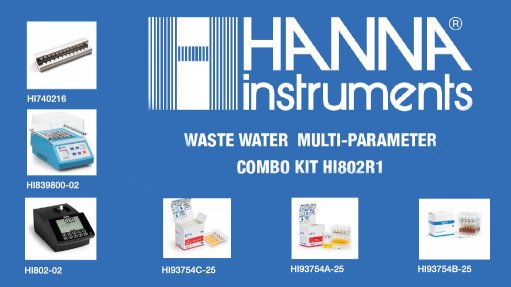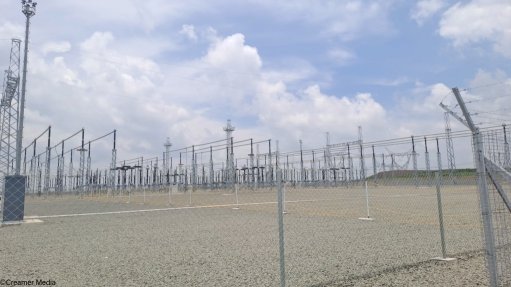UJ launches pioneer advanced Rescue Simulation Centre

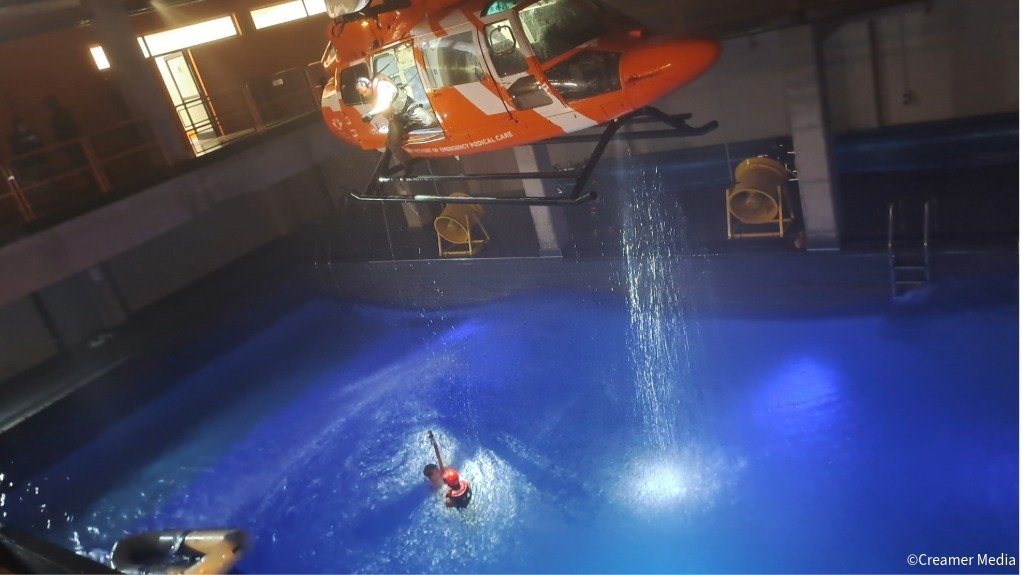
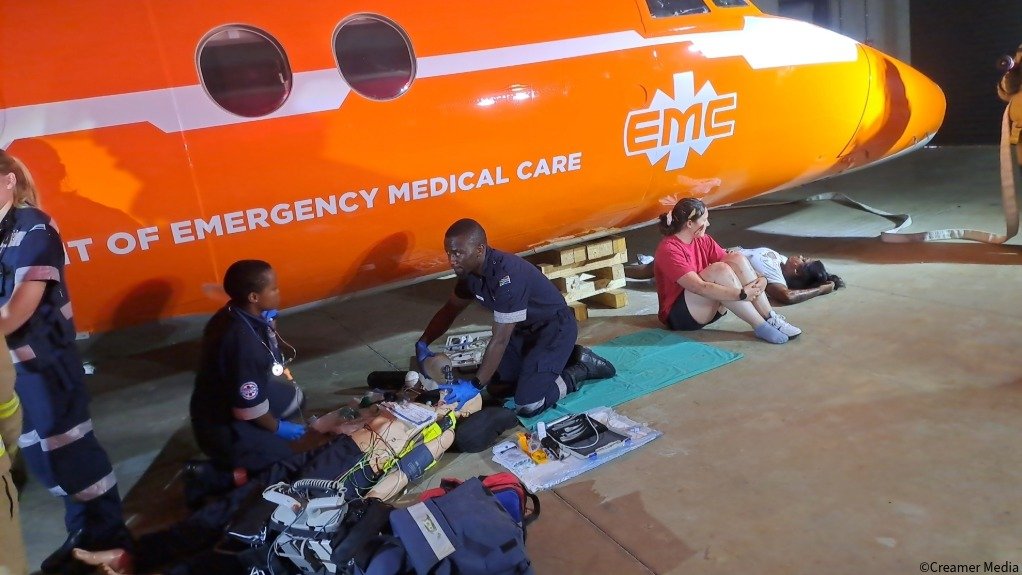
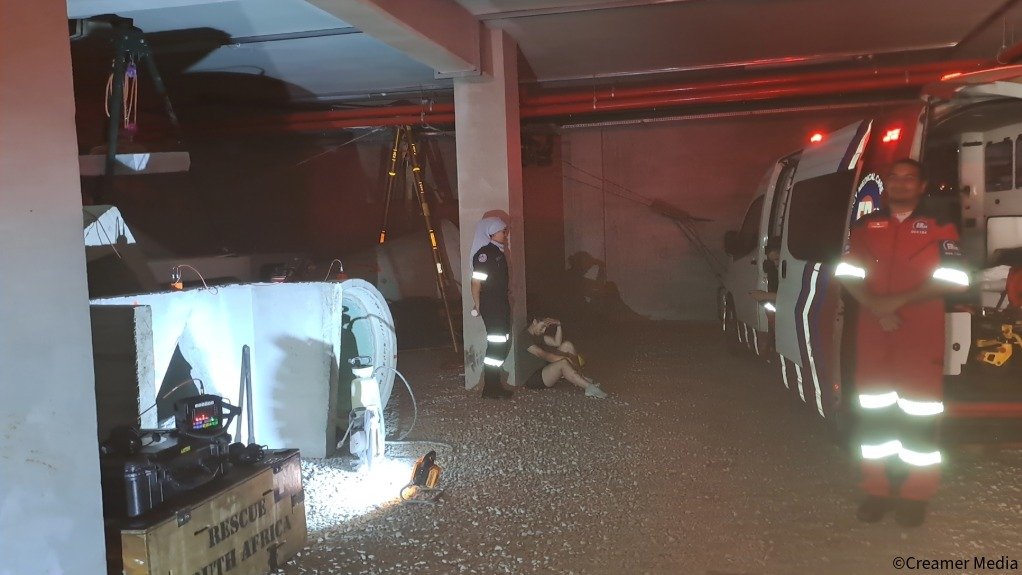
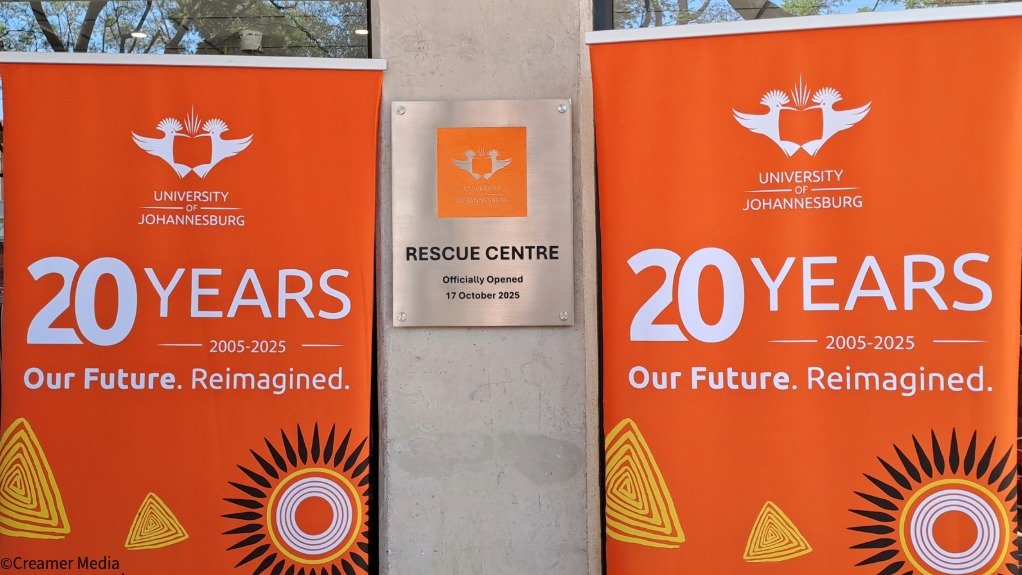
Live demos at the facility
Facility overview (Supplied: UJ)
The centre encompasses a pool with wave generation for aquatic rescue and survival training, helicopter underwater egress/escape training and dive rescue
Photo by Creamer Media's Tasneem Bulbulia
A decommissioned aircraft fuselage can be used to provide rotor-wing aircraft safety and patient-care simulation, as well as for mass casualty simulations
Photo by Creamer Media's Tasneem Bulbulia
The basement area can be configured into an urban search and rescue area
Photo by Creamer Media's Tasneem Bulbulia
The centre has been officially launched
Photo by Creamer Media's Tasneem Bulbulia
The University of Johannesburg (UJ) on October 17 launched its new Rescue Simulation Centre at its Doornfontein Campus, in Johannesburg.
The four-storey, 3 000 m² facility was developed under UJ’s Health Sciences Faculty’s Department of Emergency Medical Care, and is supported by the Department of Higher Education and Training.
It aims to provide realistic, integrated training in one facility for students in UJ’s four-year Emergency Medical Care course, allowing them to rehearse complex, high-risk scenarios safely.
Prior to this, site visits had to be arranged for students to various locations, to simulate different rescue scenarios for the practical training element of their course, which came with high costs and was logistically impractical, Engineering News was informed at the launch.
Further to combining this training under one roof, the facility also aims to bolster the way rescue professionals are trained. It aims to equip them with the skills to respond to the increasingly complex demands of modern disasters and the increasing prevalence of climate change disasters being experienced in the country.
The centre has been designed to cater for teaching, learning, assessment and research of a multitude of specialised rescue disciplines.
UJ vice-chancellor Professor Letlhokwa Mpedi lauded the facility as a pioneer for the country and the continent, adding that it was one of but a few of its kind in the world.
Therefore, further to training UJ’s students, the institution is also seeking to collaborate with other institutions and stakeholders in the country and across Africa, to allow them to access aspects of the facility.
UJ Health Sciences executive dean Professor Annie Temane highlighted that the facility would improve UJ’s rescue training, with the aim being or it to be longstanding, motivate new students to join the department in the future, and most importantly, save lives.
CENTRE SPECIFICATIONS
The centre encompasses a deep pool with wave generation for aquatic rescue and survival training, helicopter underwater egress/escape training and dive rescue.
Fifteen metres above the pool, a helicopter fuselage suspended on a gantry crane allows for both “wet” and “dry” hoist training. The fuselage can also be adapted to provide a platform for safety training around rotor-wing aircraft and patient care within the confines of a helicopter.
The facility has a modular helicopter underwater escape trainer, to provide training in underwater egress as alluded to above. While other facilities in the country do have this particular piece of equipment, the UJ facility was highlighted as the only one not near the coast to boast this equipment.
This provides the facility with a geographic competitive edge.
Further, within the basement of the facility, there is a decommissioned 30-seater aircraft fuselage, which was donated to the university. It can be used to provide rotor-wing aircraft safety and patient-care simulation, as well as for mass casualty simulations.
Another basement area can be configured into an urban search and rescue area, to simulate confined space tunnel systems, sacrificial concrete slabs, technical search props, shoring jigs and heavy lifting props.
A 3-m-deep, T-shape, adjustable concrete trench simulator provides a safe area trench rescue training.
The confined space tunnels are linked from the basement to the upper open area, providing training for high-angle rescue, hazardous materials and motor vehicle rescue.
Disaster and mass casualty preparedness, innovation and training is also provided, which includes tracking of biohazardous substances through GloGerm technology from field-based care into the Clinical Simulation Laboratory.
The entire simulation centre can also be made dark, with wind and rain simulators that aim to increase the fidelity of the rescue and patient simulations.
There is also a gym training area, dedicated learnings spaces, offices and ablution facilities with showers and toilets.
The facility currently does not have mining operation simulation options, as the regulations surrounding this are stringent, and it would also be too technically challenging to incorporate into the centre’s design, Engineering News was told at the launch.
However, UJ’s Doornfontein campus does have a mining site simulacrum, which the emergency medical care students are able to use for training purposes.
Article Enquiry
Email Article
Save Article
Feedback
To advertise email advertising@creamermedia.co.za or click here
Comments
Press Office
Announcements
What's On
Subscribe to improve your user experience...
Option 1 (equivalent of R125 a month):
Receive a weekly copy of Creamer Media's Engineering News & Mining Weekly magazine
(print copy for those in South Africa and e-magazine for those outside of South Africa)
Receive daily email newsletters
Access to full search results
Access archive of magazine back copies
Access to Projects in Progress
Access to ONE Research Report of your choice in PDF format
Option 2 (equivalent of R375 a month):
All benefits from Option 1
PLUS
Access to Creamer Media's Research Channel Africa for ALL Research Reports, in PDF format, on various industrial and mining sectors
including Electricity; Water; Energy Transition; Hydrogen; Roads, Rail and Ports; Coal; Gold; Platinum; Battery Metals; etc.
Already a subscriber?
Forgotten your password?
Receive weekly copy of Creamer Media's Engineering News & Mining Weekly magazine (print copy for those in South Africa and e-magazine for those outside of South Africa)
➕
Recieve daily email newsletters
➕
Access to full search results
➕
Access archive of magazine back copies
➕
Access to Projects in Progress
➕
Access to ONE Research Report of your choice in PDF format
RESEARCH CHANNEL AFRICA
R4500 (equivalent of R375 a month)
SUBSCRIBEAll benefits from Option 1
➕
Access to Creamer Media's Research Channel Africa for ALL Research Reports on various industrial and mining sectors, in PDF format, including on:
Electricity
➕
Water
➕
Energy Transition
➕
Hydrogen
➕
Roads, Rail and Ports
➕
Coal
➕
Gold
➕
Platinum
➕
Battery Metals
➕
etc.
Receive all benefits from Option 1 or Option 2 delivered to numerous people at your company
➕
Multiple User names and Passwords for simultaneous log-ins
➕
Intranet integration access to all in your organisation


